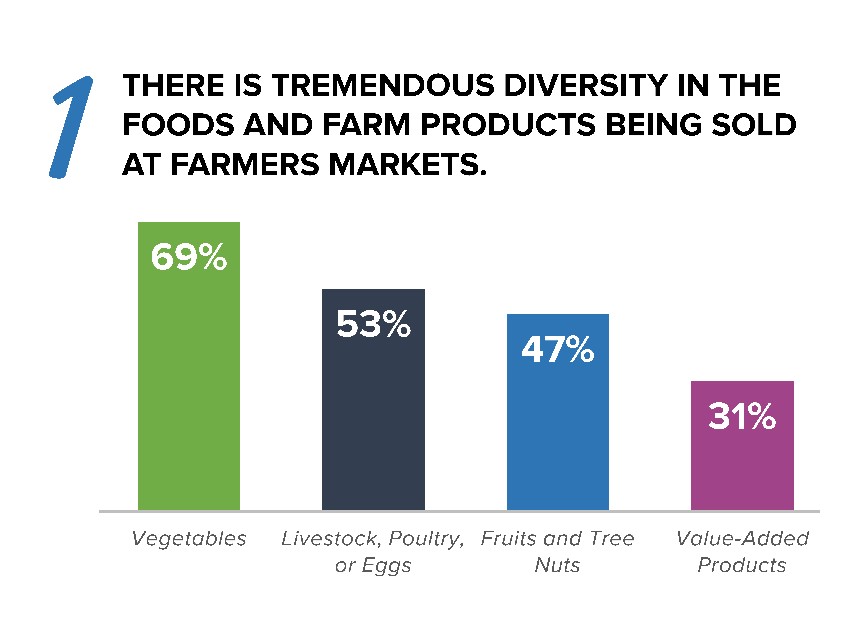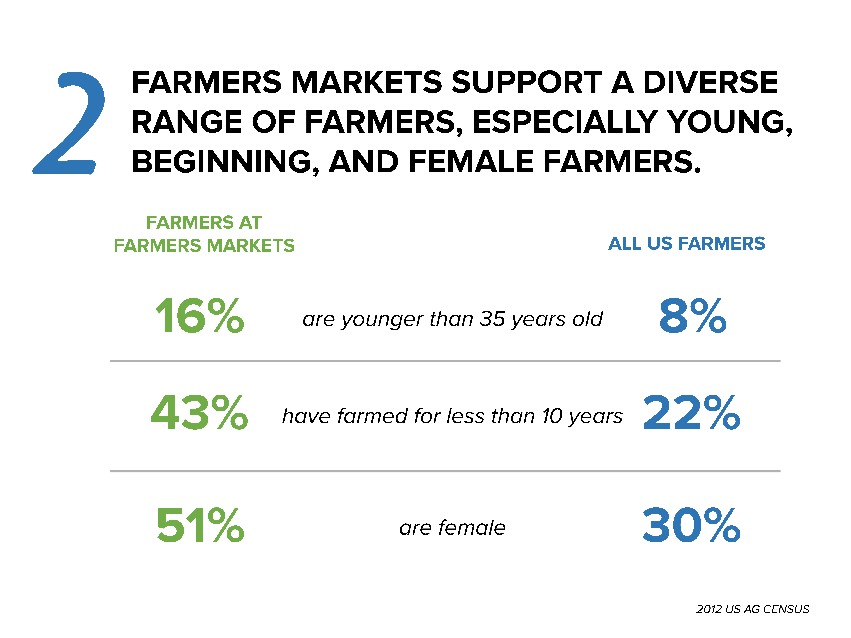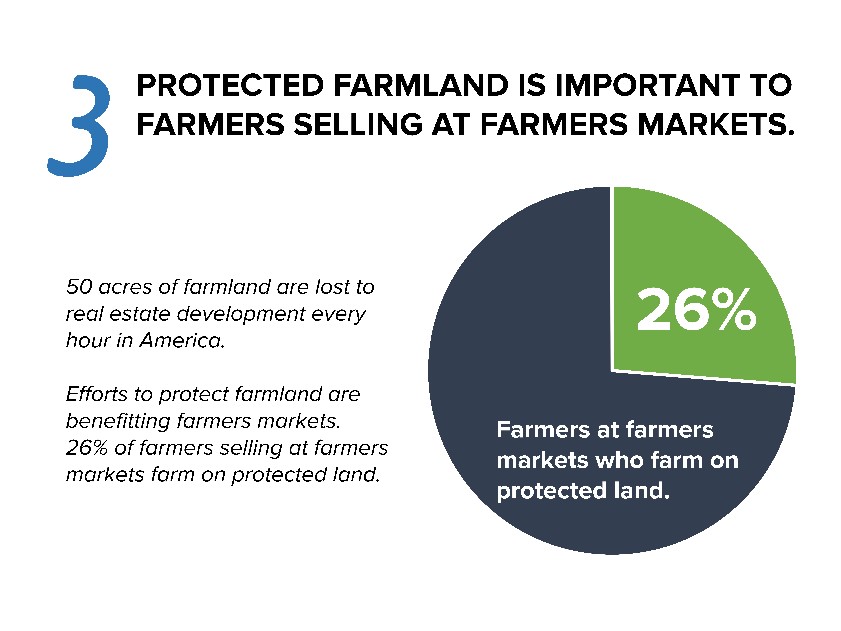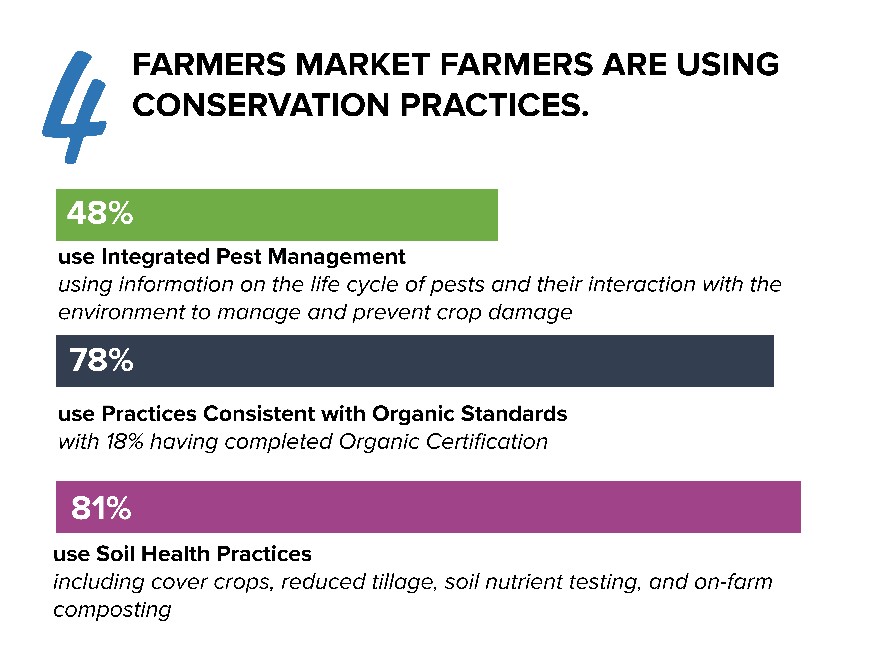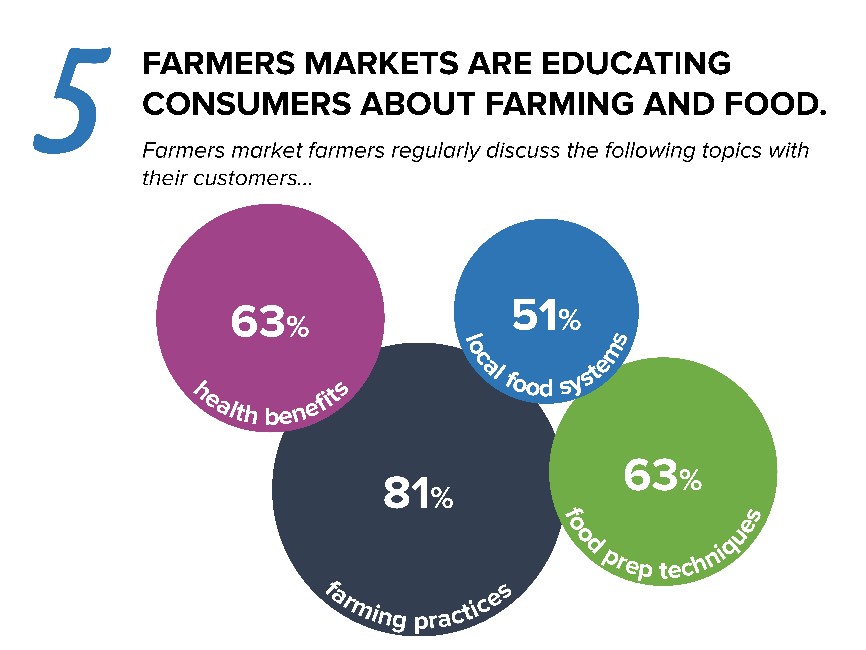By Gus Schumacher
In the early 1980s I sold produce from my brother’s family farm at farmers markets in Boston. Then, there were maybe 15 farmers markets in Massachusetts. Today, there are 310 summer and winter farmers markets. Today, farmers markets have exploded nation-wide, driven in part by the enormous demand for healthy, fresh, local food.
Since those market days in Boston, I’ve visited countless farmers markets across the country, chatting with farmers and shoppers alike. Young farmers starting out express their hopes for the future of their businesses. Millions of market customers are thrilled to find just-picked, fresh, local and increasingly affordable fruits and vegetables right in their neighborhoods.
It’s become clear that markets are playing a critical role in the health of communities and their residents. Some hospitals now offer farmers market fruit and vegetable vouchers to their patients. Many low-income Americans are able to double their fruit and vegetable purchases at farmers markets offering SNAP (food stamps) incentives, bolstering their diets with healthy local produce as recession ebbs and jobs return.
But what about the farmers? How has the increase in the number of farmers markets impacted the agricultural community: the people, the economic viability, the products and the farming practices?
Selling goods directly to consumers provides a unique opportunity for farmers. In one day’s interactions, they’ll learn about customer desires, knowledge gaps and reactions to their existing product. Farmers can build their business slowly, using the customer feedback to inform production plans, farming practices, signage, and marketing efforts.
While the U.S. Census of Agriculture monitors the number of farms direct-marketing their products, little information exists on what it means to be a farmers-market farmer, and how these farmers are impacting agriculture, land use, and food consumption in general.
America’s farmers markets are not just critical to helping thousands of young farmers get started, they are also critical to the health and wellbeing of communities. Today, programs are under way to help ensure that:
o All Americans, regardless of income, have access to affordable, healthy, local foods.
o More farmers markets have EBT (Electronic Benefit Transfer) machines to process SNAP transactions, so that everyone can have access to healthy food.
o A diversity of farmers, producing a diversity of products, can help meet the food needs of all communities—including the underserved.
o Farmers are able to use farming practices that promote healthy soil and clean water.
o Farmland is protected in order to support the ability of communities to provide healthy, local food to their citizens well into the future.
We still have a long way to go. But the nation’s farmers and farmers markets are helping us get there.
Here are some 2015 snapshot indicators from a national survey by American Farmland Trust and the Farmers Market Coalition that help to shed some light on these issues provided by the farmers who sell at farmers markets.
